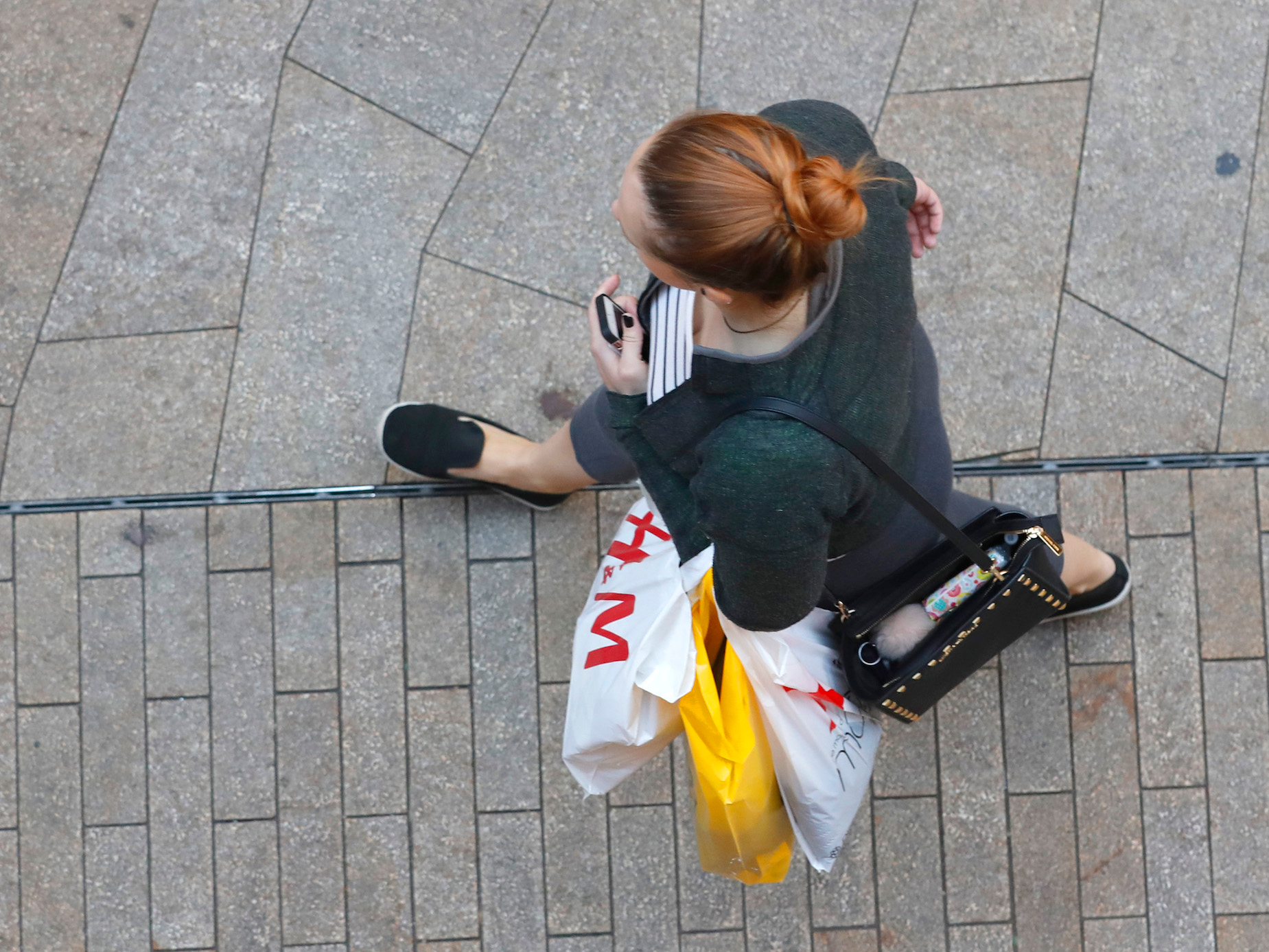- Credit cards play a large role in debt for Americans.
- Laura McCamy stopped using credit cards to pay off her debt – but with no revolving credit, her credit score evaporated, and it affected her ability to get a loan.
- Though giving up credit cards can help you get out of debt, there are some unexpected problems that come with cutting the cards.
I am a shopaholic. I find it hard to resist cute things – and the world is filled with cute things.
When I got my credit card bill and was bummed about my high balance, I would cheer myself up by shopping – and charging my purchases to my credit card. So it’s no surprise that every time I started to pay down my credit-card balance, I found a way to spend it up again.
Credit-card debt is a problem for many Americans. CNBC reported in January that the average American had a credit-card balance of more than $6,000. Americans paid a whopping $104 billion in credit-card interest and fees over the past year, according to the New York Post. That’s about $300 for every man, woman, and child in the country.
In the early 2000s, I knew I needed to change my financial habits or I would never get out of debt. I realized the only way I could do it was to ditch my credit cards, so I made the leap and stopped using plastic. The results weren’t what I expected.
Cutting up the cards

Dispensing with my credit cards felt like living without a net. I had almost no money saved up. What if I needed funds in an emergency?
In truth, most of my "emergencies" involved shopping. As I weaned myself from using credit, I had to let go of impulse purchases. I made a rule for myself: When I went into a store, I could buy only what was on my list. If I wanted something else, I had to wait 24 hours. Most of the time, I forgot about that "must have" as soon as I left the store.
As I adjusted to life without credit cards, I discovered that my income, though not large, was enough to cover my living expenses. I didn't have to deprive myself of things I truly wanted - I just had to spread out my purchases, instead of buying everything right away on credit.
Breaking the cycle of credit-card debt

As I committed to paying off my cards and not charging, my credit-card balances went down more quickly than I expected. I paid off about $10,000 in credit-card debt, plus a $10,000 business loan, in 18 months.
I will never forget the first month after my balances hit zero. I got to keep the big chunk of my monthly income that had gone to repaying my debts. Without the burden of credit-card payments, I felt a little bit rich.
Credit score: zero

A couple of years later, while applying for a mortgage, I discovered one big downside of not using credit cards: I had no credit score.
My credit score wasn't bad - it was nonexistent. Though I had bought and paid off two cars, my lack of current credit meant I was dead to credit-reporting agencies like Equifax, Experian, and TransUnion.
To remedy the situation, I reactivated a credit card I got after college. The bank was willing to reopen my card with my original membership date, which provided the kind of long-term credit history I needed. On the advice of my mortgage broker, I used the card and paid the balance in full every month, to boost my credit score.
Once I had my name on a mortgage, I cut up my credit cards a second time. Now my home loan provides my credit score.
Building up my reserves

Without credit cards, I needed to create my own financial reserves. The trouble was that I was as feckless about spending down my savings as I had been at spending up my credit cards.
I became a saver thanks to some unusual advice from a friend who is good with money. I was deciding how to spend a tax refund, and my wishlist was about three times the size of the refund, so I asked my friend's opinion. He suggested I put the money in the bank for three months, then decide how to spend it.
It seemed like an odd plan, but I decided to try it. When the three months were up, a strange thing had happened: The money felt as if it was mine, and I wanted to save it, not spend it. That three-month pause changed my relationship with savings; I've been able to keep money in my emergency fund ever since.
The rule of thirds

My wise friend had one more piece of advice: the rule of thirds. Now, when I get an unexpected windfall (such as a tax refund), I put one-third in savings, spend one-third on living expenses, and use the final third for fun.
The rule of thirds recognizes the importance of the balance between prudence and splurging. It helps me manage my money without feeling deprived.
I still love to shop. There are still plenty of cute things I must buy. But my purchases don't put me in debt now, and for that I am grateful.

